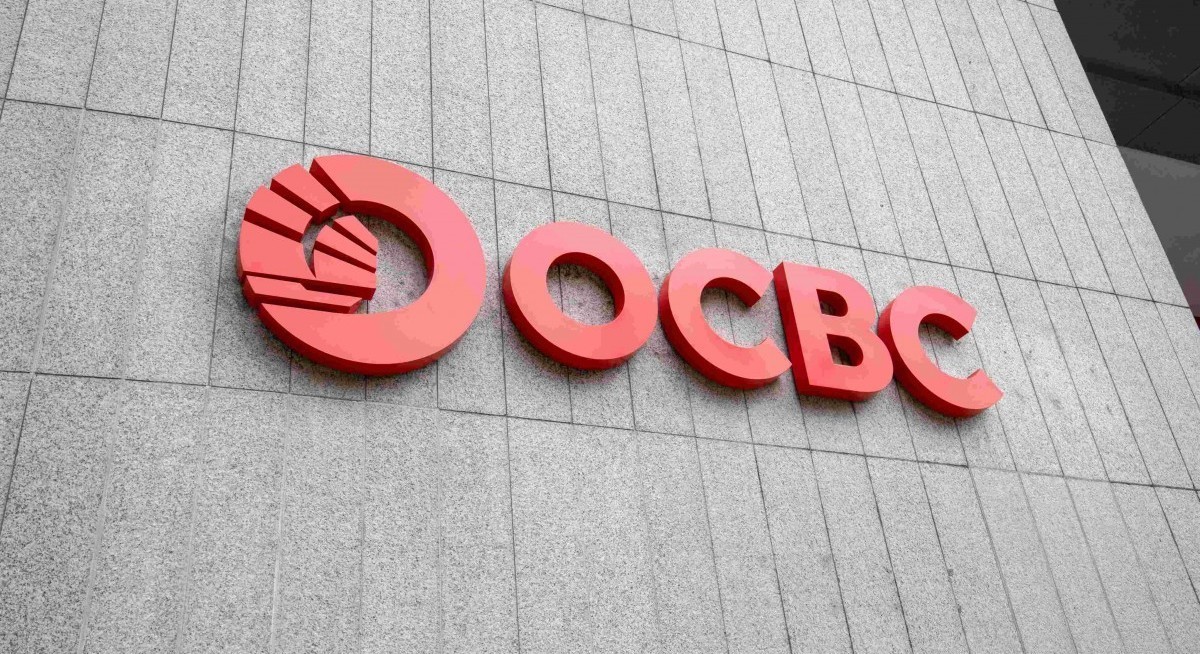The bank’s wealth management fees and insurance, which rose by 35% and 38% q-o-q respectively, highlighted its integrated wealth franchise proposition under the one group approach, says Tan in his Nov 7 report.
The one group approach refers to Great Eastern, under its new CEO, Greg Hingston, focusing on higher-margin products and cross-selling opportunities and increasing product solutions to private bank high net worth customers, as well as the new relationship managers recruited in the Bank of Singapore (BoS) turning productive, which takes about 12 to 18 months. BoS is OCBC’s private banking arm.
Great Eastern reported a 21% y-o-y drop in total weighted new sales (TWNS) for the 9MFY2025 ended Sept 30, although its new business embedded value (NBEV) rose by 16% y-o-y. Tan also notes that the insurer is tapping on OCBC’s customer base for cross-selling with 70% of Great Eastern’s customers holding OCBC’s products and 30% of OCBC’s customers holding Great Eastern’s products as at the end of 2024. This drives insurance fees for Great Eastern and wealth management fees under banca sales, says Tan.
Tan also believes the new relationship managers in BoS have benefitted OCBC’s wealth income in the 2QFY2025 and 3QFY2025 and net new money inflows. In 3QFY2025, OCBC saw net new money inflows of $12 billion, which is above the previous quarters’ run-rate of $4 billion to $5 billion.
See also: Analysts maintain ‘buy’ on UMS Integration following 3QFY2025 business update
New solutions also drove higher wealth activities across the wealth continuum under the one group strategy, Tan adds.
The analyst also notes that OCBC’s “AUM (assets under management) efficiency” was on par with DBS’s this quarter. In 3QFY2025, OCBC’s wealth management income, excluding retail wealth, rose to 135 basis points (bps), 15 bps higher q-o-q, of total AUM. This is compared to DBS’s ratio of 134 bps, 10 bps higher q-o-q for the same quarter.
“With similar proportion of AUM invested in investment assets ([around] 60%), robust 3QFY2025 wealth income could be driven by rotation from low margins fixed income products into higher margins products (e.g. structured products), potentially higher leverage (higher residents share financing) and higher AUM churn,” Tan writes.
“During the quarter, BoS launched new solutions such as a new asset allocation framework to create investment portfolios. BoS also launched Family Office Catalysts as an alternative to SFOs (single family offices) for UHNW (ultra-high-net-worth) clients. These are supported by simplified AML (anti-money laundering) processes,” he adds.
At their current share price levels, the analyst sees relative valuations favouring OCBC. “While DBS trades at better dividend yield, stock could be sensitive to macro/sentiment at [around] 2.2 times P/B.”
Tan also prefers OCBC over United Overseas Bank (UOB) as a value play on better asset quality, wealth upside, and capital position.
In addition to his upgrade and higher target price, Tan has raised his earnings per share (EPS) estimate by 2% to 7% on higher wealth management fees, which he expects to be up by 9% to 15%. The higher estimates also credit costs in the low 20 bps range, higher operating expenses of 1% to 3%, all of which will drive profit growth for the FY2026 and FY2027 by 5% to 6%. The bank is also likely to see non-interest income upside.
For FY2025, Tan expects OCBC’s total dividend to be at $1.01, flat y-o-y based on a payout ratio of 62%. He has forecasted the bank’s return on equity (ROE) to be at 13% with its 62% payout ratio supporting 5% risk-weighted assets (RWA) growth, which is up 2% year-to-date, or high-single digit loan growth.
Tan’s new target price implies a P/B of 1.45 times on an ROE of 13%.
Shares in OCBC closed 59 cents higher or 3.43% up at $17.78 on Nov 7.




